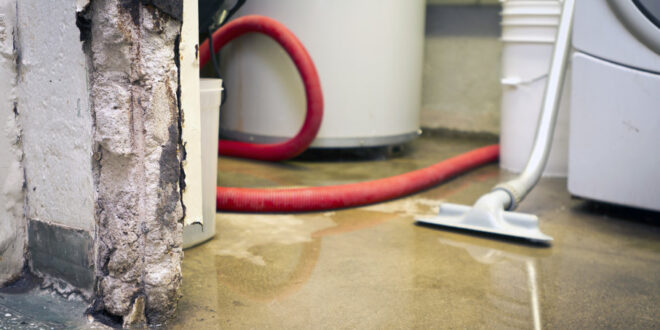The basement may not be the most important room in your house, but many people would prefer to have one. It doesn’t matter if you live in a house or an apartment. You will still need some extra space for the stuff that you do not actively use every day.
Still, a “less important” room can cause serious problems for the homeowner. When you consider that one of your floors is underground, it shouldn’t surprise you why the basement is the source of so many leakage problems. That fact makes basement waterproofing more important, albeit complex, than you imagine.
The majority of people are not well-prepared for this sort of situation. Unfortunately, they usually do not find out that their basement was not properly waterproofed until something bad happens. We do not want to criticize your attempt to waterproof your home. Each person is free to determine if they want to hire a professional waterproofing company or to try to do it by themselves. But, if you want to find out more about basement waterproofing, you should check out sedonawaterproofing.com.
If you feel capable enough to waterproof your basement alone, there are a few pieces of advice that could help you.
Look for Cracks
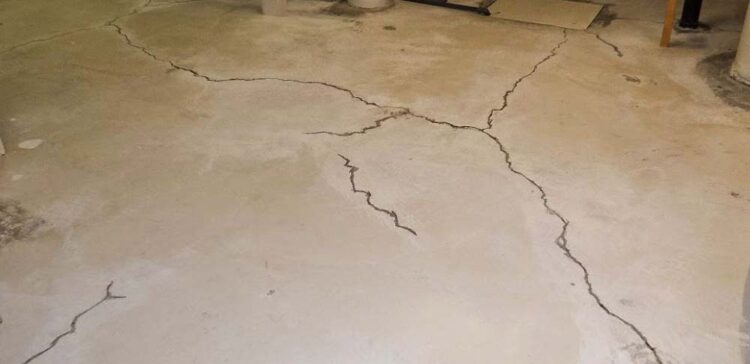
As we said earlier, the basement is not a room where we tend to spend most of our time. People do not need to maintain this space as they would for the living room, for example. If you do sustain water damage, you may end up spending the entire day cleaning up the mess. Additionally, that doesn’t mean the problem won’t happen again tomorrow.
Because of that, the smartest move would be to check to see if there are any visible cracks on the walls. Some people spend a couple of minutes checking their walls but do not see the cracks in obvious places. Be aware that those cracks are usually not in visible places. You have to clean your walls first to see if there are small cracks that were missed because of the grime on the walls.
When you determine the source of the leaks, the next thing you should do is to apply a coat of hydraulic cement. This material stops the leaking because of its chemical properties.
Use a Coat of Cement-Based Sealant
A sealant is another “tool” that has powerful chemical properties that can prevent water damage from occurring again. However, you need to apply this product on all of the exterior walls.
Do not worry; you do not have to be a skilled painter to complete this task successfully. A coat of cement base sealant is very easy-to-apply. Because of its chemical properties, you can use it over masonry and concrete surfaces. Over time, the sealant will harden, and it will fill in the pores that caused the problem.
Install a Waterproof Membrane
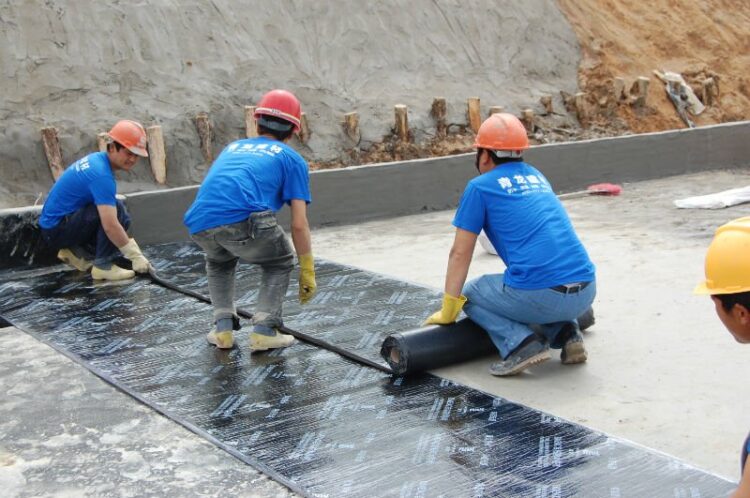
First of all, let’s explain what a waterproof membrane is. It is an asphalt-modified polyurethane material that keeps your basement safe. The users can spray or trowel the product on the external walls. This step will stop the water that comes from the outside. The “power” of the waterproof membrane is not the only advantage. The main benefit of this product is that you can flex it and move it to fill in the surface when new cracking happens.
However – do not use a damp-proofer product instead of a waterproofing product. There are bigger chances that damp-proofer products will fail.
Use Drainage Mat
Another solution that house owners have is to install a drainage mat with molded dimples. The purpose of this material is to make air gaps between the mat and the wall. In that case, the moisture will have enough space to travel to the drain structure. Still, keep in mind that the drainage mat needs to be cut to the exact depth of the foundation. Besides that, this product can ease lateral pressure between the mat, the water, and the foundation.
Install a French Drain
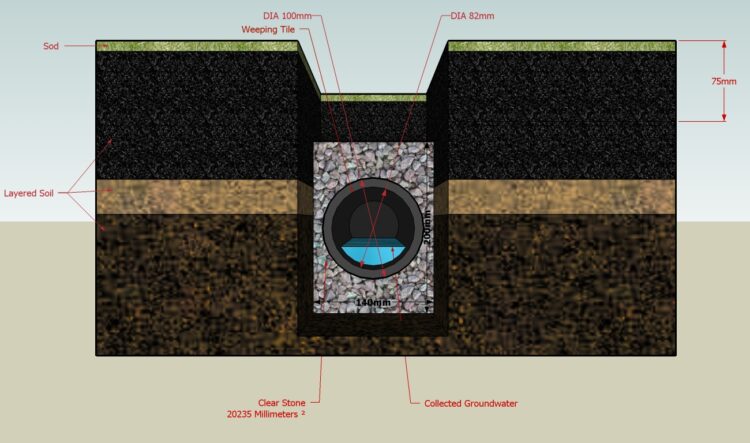
A lot of homeowners choose this solution to begin with because it is effective. You need to install the pipe at the base of the flooring. It will keep the water level below the basement floor. Isn’t this something you would want to do in the first place? It is a good solution that provides easier cleaning.
There are some additional pieces of advice that are important for French drains. Every drain grate must be backfilled with gravel. Only then is the French drain installation complete. It is recommendable that the gravel is located 18’’ from the grate for earth areas and 4’’ from the grate where poured cement is located.
Address Window Well Leaks
There is a big chance that window wells are causing your leakage problem. The reason for that is simple – they tend to retain water. This is especially true if you do not have a high-quality drainage system. In that case, water will start pooling around the bottom of a basement window.
Here is how you could resolve this problem. First of all, you should start digging for about two feet lower in the window well area. After that, start filling the space with gravel to help water disperse so it won’t collect in the window well. Finally, you should caulk around your windows with products that are suitable for usage on the masonry surfaces.
Don’t Apply Sealer over Previously Painted Walls
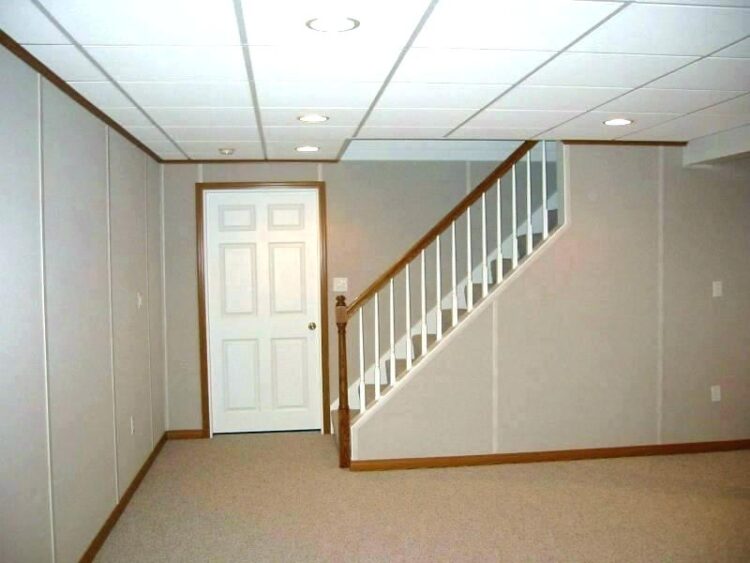
Let’s imagine that your house is not completely new; you bought it from its previous owner. The previous owner probably tried to upgrade it a little so that he could sell it for a better price. There is a good chance that he painted the walls, including the basement’s walls. Well, believe it or not, he actually gave you an additional job.
You shouldn’t use a sealer over previously painted walls. First, you will have to remove the paint that adhered to the masonry. The easiest and cheapest way to do that is to remove it with a wire brush. If this is a more complex task than you want to deal with, you should hire someone that has the necessary equipment for the job.
Conclusion
Do you still think that basement maintenance is an irrelevant task for house owners? Well, we hope that this article convinced you that the answer is “no”. What do you think? Which of these solutions sound like the most effective one for you?
 Hi Boox Popular Magazine 2024
Hi Boox Popular Magazine 2024
